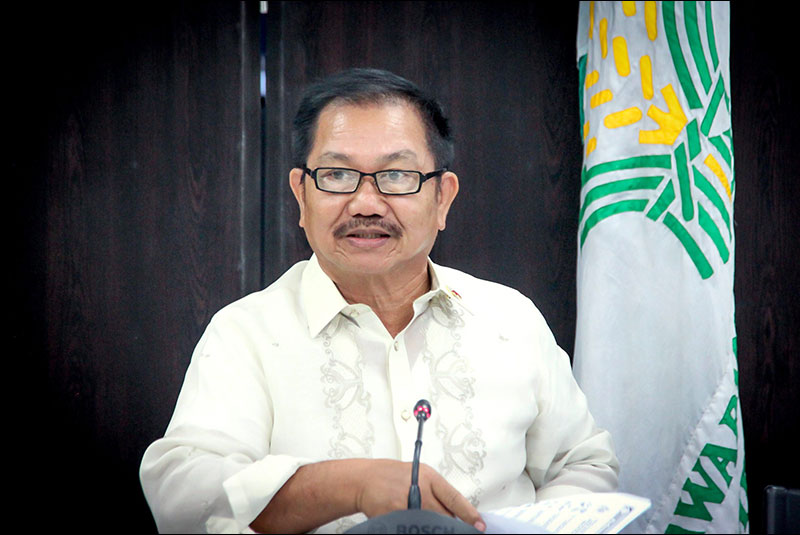Philippines seeks tariff free fruit exports to Japan

Agriculture Secretary Emmanuel Piñol said one of the issues to be discussed during President Duterte’s visit to Japan today is the request of local fruit producers for a zero tariff on bananas, pineapples and mangoes. File
MANILA, Philippines — The Philippines will negotiate anew with the Japanese government, this time for zero tariff on the country’s agricultural products particularly fruit exports.
Agriculture Secretary Emmanuel Piñol said one of the issues to be discussed during President Duterte’s visit to Japan today is the request of local fruit producers for a zero tariff on bananas, pineapples and mangoes.
“Finance Secretary Carlos Dominguez advised me to provide him all the documents related to previous negotiations with the Japanese government for the granting of zero tariff on Philippine fruits, especially bananas,” Piñol said.
“During the first Presidential visit to Japan, I discussed with the Japanese Agriculture Minister the issue of tariff on Philippine fruits, especially bananas. The negotiations, however, have been very slow,” the agri chief said.
Japan currently imposes a 2.5 percent tariff for Philippine bananas during off-season and this increases to up to 18 percent during the fruiting season in a bid to protect Japanese fruit farmers.
Philippine bananas used to dominate the Japanese market, supplying as much as 90 percent of the total requirements but in recent years, bananas from Ecuador have penetrated Japan.
To date, the Philippines only holds 75 percent of banana supply in Japan due to lower oil prices that allowed Ecuador to bring its exports to Japan at a significantly lower transport cost.
“Ecuador, a major banana producing country, has been given zero tariff for its bananas exported to Japan, allowing it to eat into the market share of the Philippines,” Pinol said.
“While Japanese consumers prefer Philippine bananas, trading companies are starting to shift to Ecuadorian bananas because of economic considerations,” he added.
Piñol is hopeful that negotiations will now move in a faster pace as the long-time trading partners seek to strengthen their economic ties.
Local banana production inched up 2.6 percent to 2.27 million metric tons in the second quarter due to bigger bunches harvested following sufficient rainfall and the increase in area harvested and number of bearing hills for Cavendish variety on corporate farms.
The Davao region remains the top banana producer with 917,000 MT, accounting for 40 percent share of the aggregate production during the period.
Cavendish variety comprised 53 percent of the total production for the quarter. Saba and lakatan varieties accounted for 28 percent and 10 percent, respectively.
- Latest
- Trending





























